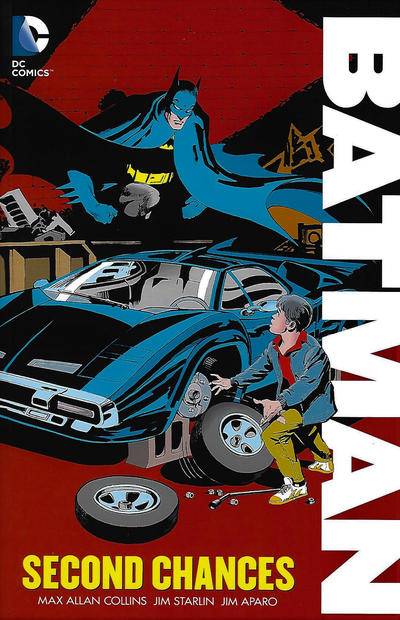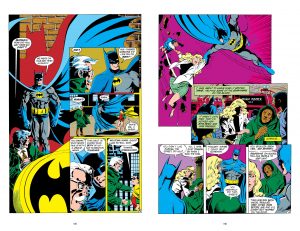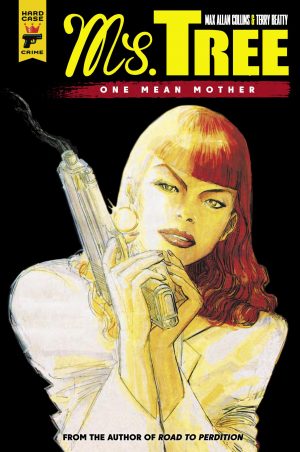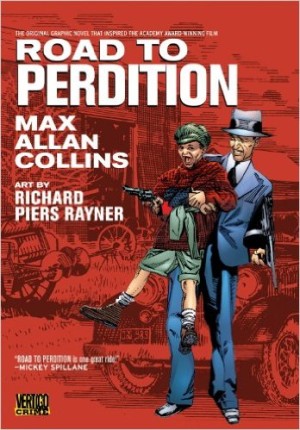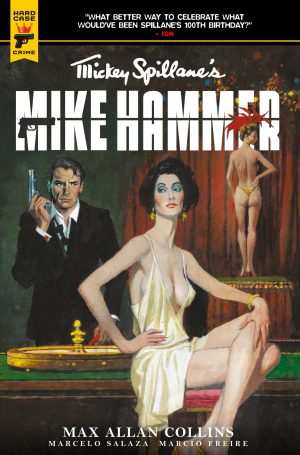Review by Frank Plowright
After several decades as Robin, a growing-up introduced in the 1970s culminated in Dick Grayson’s progression to Nightwing in the early 1980s, leaving his previous role and costume vacant. Presumably long-running copyrights and trademarks ensured leaving the role vacant was never going to be the editorial choice, so Jason Todd was introduced. Second Chances maps his progress.
What this collection fails to clarify is that there were actually two Jason Todds. The first is seen briefly in a readable opening story about a deluded killer in a Batman costume. When DC revamped their continuity in 1985 it was decided Jason needed a new origin and a new personality, and Max Allen Collins came up with the unpolished street kid first seen stealing the Batmobile’s wheels. It’s a bold choice, and an interesting one, yet fans at the time hated him with a passion, and with hindsight it’s difficult to imagine what the problem was. Second Chances would have avoided confusion by starting with the reintroduction.
There’s little artistic continuity on the gradual transition of Jason from street kid to crime fighter, and it’s a fair bet Chris Warner is now forgotten as the artist responsible for the revamp. The sample art combines Dave Cockrum and Jim Aparo, who draw three chapters each, Cockrum looking better when not inked by Don Heck. Kieron Dwyer is a revelation, his line far finer than later work, and the combination of Ross Andru and Dick Giordano is attractive. Starlin’s squared heads and bizarrely pointed ears don’t look good, and are aped by Denys Cowan, and the stories Starlin writes are far darker.
In that way Starlin’s more attuned to Batman’s future being given direction in The Dark Knight Returns, serialised around the same time. The villains and schemes Collins introduces tend to look back toward the outrageous 1960s Batman rather than fitting in with the way forward. Twins, an old lady running a crime school, a silent mime and the Penguin in love haven’t dated well, although the plots they’re involved in are tight.
This collection is patchy, and would have been stronger for concentrating on the single topic of Jason Todd rather than trying to crowd in other work by Collins from the same period.
